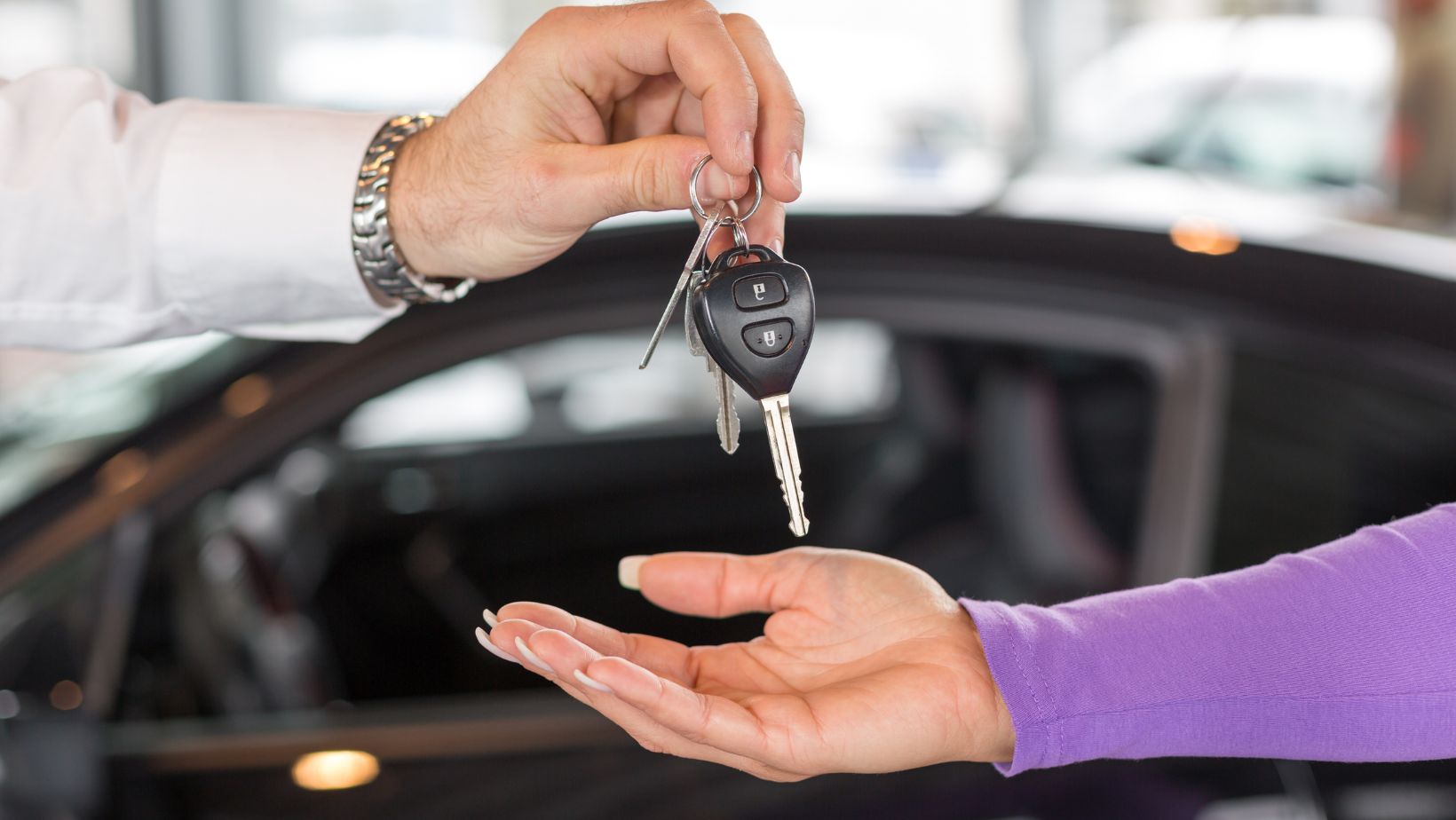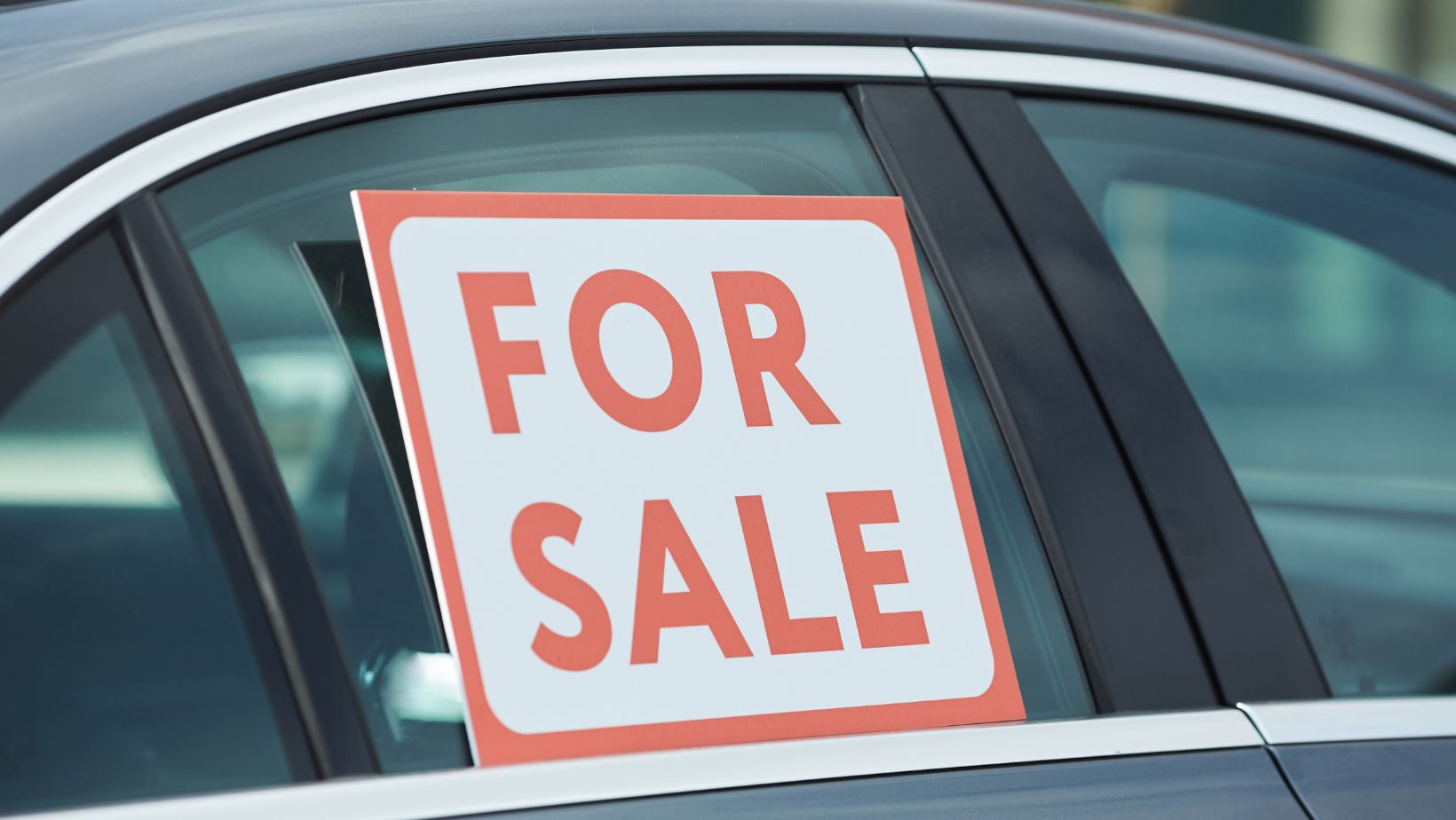Selling your car can be daunting, especially when you’re aiming to get the best price. Typically, cars lose more than 20% of their value in the first year alone. However, the market has shifted dramatically since the pandemic began, with used car prices rising by 53%, as reported by the Bureau of Labor Statistics. This makes it more important than ever to keep your vehicle in top shape to maximize its value.
From essential maintenance to cosmetic upgrades, there are several strategies you can use to make your car stand out to potential buyers and secure the highest offer. Keep reading to discover the ultimate checklist for boosting your car’s resale value.
Prepare Your Car for Evaluation
When preparing your car for an evaluation, focus on key areas that can significantly influence its perceived value. Pay attention to cleanliness, address visible blemishes, and ensure all maintenance records are organized and available.
Professional Cleaning and Detailing
A clean car instantly gives a great impression. Consider hiring a professional detailer to thoroughly clean both the interior and exterior. Exterior detailing often includes washing, waxing, and polishing, which restores shine and protects the paint.
The interior cleaning will tackle upholstery, carpets, and dashboards. In addition, detailers have access to professional-grade products that can remove odors and stubborn stains. A spotless car not only looks good but also shows potential buyers that it has been well-maintained, boosting buyer confidence.
Fixing Minor Cosmetic Issues
Minor dings, scratches, and chips can detract from your car’s appeal. Address these imperfections by shopping around for a body shop that offers affordable touch-up services. You can also consider fix-it-yourself products for smaller repairs if you’re on a budget.
Replace broken or weathered exterior parts like headlights and taillights if needed. Check for any rust spots and have them treated promptly. Successful cosmetic improvements can often increase your car value, making this a worthwhile investment.
Documenting Maintenance and Repairs
Organized documentation provides proof of care and upkeep. Gather all invoices, receipts, and records of regular maintenance such as oil changes, tire rotations, and brake services. This transparency reassures prospective buyers about the car’s condition.
Create a list of past repairs and replacements, highlighting significant work, like a new transmission or timing belt. Keep track of any warranties that may still apply. Having a detailed history ready emphasizes your car’s reliability and builds buyer trust.
Mechanical Integrity
Maintaining mechanical integrity is essential for boosting your car’s resale value. Paying attention to repairs, regular maintenance, and performance enhancements keeps your vehicle in top condition and more appealing to potential buyers.
Critical Repairs and Replacements
Address any critical repairs that could affect safety and functionality. Brake systems, tire conditions, and suspension components should be inspected and replaced if necessary. Reliable brakes and suspension give potential buyers confidence in driving safety. Engines and transmissions should also be in good order, as any issues here can significantly decrease value.
Consider keeping a record of all repairs. This provides transparency and reassures buyers about the vehicle’s history. OEM parts are often preferred for replacements due to their quality and compatibility.
Regular Maintenance Check
Sticking to a regular maintenance schedule sustains engine reliability and extends the car’s life. Routine tasks include oil changes, fluid checks, tire rotations, and air filter replacements. Doing these preserves performance and prevents potential issues. This demonstrates to buyers that the car has been well-cared-for.

Inspect essential components like belts and hoses for wear and tear. A well-documented maintenance history can be a decisive selling point. Considering a professional inspection before selling can identify overlooked issues.
Performance Enhancements
Enhancing your car’s performance can appeal to particular buyers, especially enthusiasts. Upgrading to high-performance tires, adding a sport exhaust, or installing a cold air intake can improve driving dynamics and efficiency. These upgrades should match the car’s style and intended market.
However, prioritize enhancements that align with broader buyer interests. While not every buyer is interested in performance, a subtle improvement in horsepower or handling might entice a niche audience. Avoid excessive modifications that can deter traditional buyers.
Aesthetic Improvements
Aesthetic upgrades can significantly boost your car’s resale value. Focusing on the exterior, interior, and eliminating odors not only enhances appearance but also appeals to potential buyers.
Exterior Upgrades
Investing in the outside of your car can make a world of difference. Fresh paint or a quality wax job gives the car a sparkling look. Consider fixing any dents or scratches; these can be an eyesore and reduce value.
Window tinting offers privacy and protection against UV rays, which minimizes fabric fading. New tires can refresh the car’s stance and provide a smoother ride.
Simple changes like replacing old headlights or installing alloy wheels offer immediate visual appeal. Even upgrading the number plate to a personalized one can give an added touch of exclusivity.
Interior Enhancements
Creating a welcoming atmosphere within the interior adds substantial value. Start by cleaning thoroughly, removing stains, and vacuuming carpets. Seat covers or refurbished upholstery can make overused seats look new.
Update the dashboard with a cover or add technological modifications like a modern infotainment system. Small details like a new steering wheel cover or replacing old floor mats can change the interior’s feel.
Prioritize repairs for any broken switches or buttons. A working environment is an appealing environment. High-quality interior lighting can also transform the ambiance, providing a cozy feel.
Odor Removal
A car free from unpleasant smells attracts more buyers. Start by giving it a deep clean, including the air vents where dust can accumulate. Usage of baking soda or specialized products can neutralize existing odors.
Avoid strong fragrances that might overpower or mask underlying smells. Keeping the air freshener subtle but pleasant ensures a welcoming atmosphere.
If pets travel often in your car, additional cleaning of seats and carpets might be needed to remove dander or hairs. Regular maintenance of A/C filters also helps in maintaining fresh air circulation.
Effective Sales Strategy
Selling your car successfully involves setting the right price, choosing the best advertising channels, and mastering negotiation tactics. These elements help attract buyers and maximize your potential resale value.
Pricing Your Vehicle Competitively
Setting the right price for your vehicle requires research. You should compare your car’s make, model, year, and condition with similar cars in your area. Websites like Kelley Blue Book or Edmunds can give you an idea of what your car might be worth.
List your car a little above your minimum acceptable price. This allows room for negotiation without underselling your vehicle. Keep demand in mind; if your model is popular, you might have room to ask for more.
Advertising Channels
Choosing the right advertising channels is essential. Online platforms like Craigslist, Autotrader, and Facebook Marketplace are popular for selling cars. They reach a wide audience and allow easy listing of photos and details.

Consider tapping into social media networks, as personal connections can result in faster sales. If you’re open to spending more, consider paid ads that target specific audiences.
Negotiation Tactics
When negotiating, transparency is your best asset. Be honest about your car’s condition and history. This builds trust and can lead to smoother negotiations.
Start negotiations confidently and have a clear minimum price. Listen to the buyer’s concerns and be prepared to address them. Compromise on smaller issues but stand firm on the price you’ve established based on your research. This balance helps in closing the sale effectively.
Conclusion
By following these steps, you can significantly increase your car’s resale value and attract more potential buyers. Regular maintenance, cosmetic improvements, and effective sales strategies all play crucial roles in presenting your car in its best light. With a bit of effort and attention to detail, you’ll be well on your way to securing a great deal for your vehicle.
